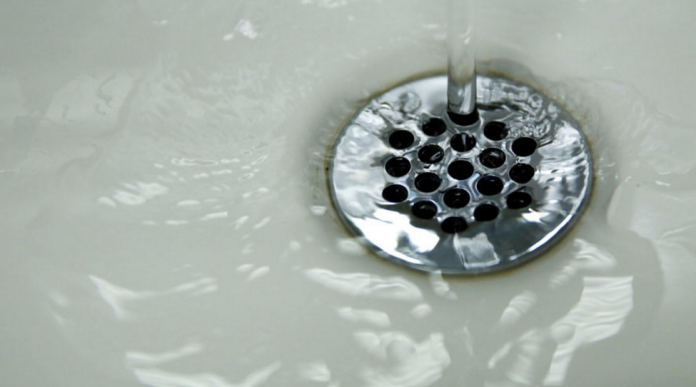
Thousands of homes in Maryland that were certified as lead-free could actually be contaminated with the toxic substance, according to state officials.
The state Department of the Environment is in the process of contacting about 2,000 homeowners to retest their properties and to inform residents of the danger lead-paint exposure can pose to young children.
The state, in conjunction with the U.S. Environmental Protection Agency, launched an investigation earlier this year after the work of an inspector was called into question. At the time, the state focused on 384 homes that were inspected between 2009 to 2014 and located primarily in Prince George’s, Montgomery and Anne Arundel counties.
But state officials said last week that they have expanded their probe to include 1,600 additional homes, some of which were inspected as far back as 1996. And while the majority are still in Prince George’s, Montgomery, St. Mary’s, Charles and Anne Arundel counties, some homes are in other parts of the state, including Baltimore City and Baltimore and Howard counties.
“It’s a problem,” said Del. Samuel I. “Sandy” Rosenberg, D, who has led efforts for stronger lead -poisoning prevention. “It’s another example of poor people are more likely to be victimized by the system.”
Since January, when the investigation was announced, the state has retested 80 homes and voided half of the lead-free certifications that were issued because lead was present or the inspectors determined that several areas of the property were not originally checked. Of the 80 homes that have been retested, lead was found in 33 of them, or about 2 out of 5 homes.
State law requires that houses built before 1978 be inspected and certified free of lead before they can be rented. The majority of the homes scheduled to be retested are rental units.
Hilary Miller, the director of Land Management Administration at the Maryland Department of the Environment, said the probe has been slow and complicated.
The state initially sent letters to the 384 homeowners about the investigation and to suggest that they contact their primary-care doctor about lead testing for any children younger than 6. In February and March, the EPA sent canvassers to 225 homes to interview residents and photograph the homes. But there was little response from the outreach efforts, Miller said.
“It’s a challenge,” she said.
Of the residents whom the state has reached, Miller said officials have been “pleasantly surprised that the owners and residents have not been alarmed.”
A child’s behavior and cognitive skills can be impaired if they are exposed to lead. For years, lead poisoning has been largely concentrated in Baltimore and found in rental units built before 1950, when the city prohibited the use of lead paint. But recent studies show that children across the state are testing with lead levels of more than five micrograms per deciliter in their blood, which exceeds the recommendation from the U.S. Centers for Disease Control and Prevention.
Miller said the state maintains a registry of children with elevated blood lead levels. None of the nearly 2,000 addresses of the homes that need to be retested match the addresses of children with high blood lead levels.
The state has received about $145,000 in federal funds to cover the cost of the investigation and to pay for the Maryland Environmental Service to reinspect the homes.
Jay Apperson, a spokesman for the state Department of the Environment, said the state is still trying to figure out why the inspector signed off on certificates that were not valid.
“We haven’t completed our investigation yet,” Apperson said.
The state would not release the name of the inspector, who was accredited between 1996 and 2014, because the investigation is ongoing. Earlier this year, the state levied a $5,000 fine against American Homeowner Services of Lusby, the company with which the inspector was affiliated.
The inspector’s work was called into question after a resident filed a complaint in 2014 with the state about possible lead paint in the home. The state determined that lead paint existed and that the lead-free certification, which was done in 2010, was not valid.
The state ordered American Homeowner Services to provide test results from 10 other properties inspected by the contractor. Seven of those inspections were invalidated after a review.
“The investigation is looking at the reasons behind this,” Miller said. “I can’t go into any more details. There are many things that are being looked into.”

